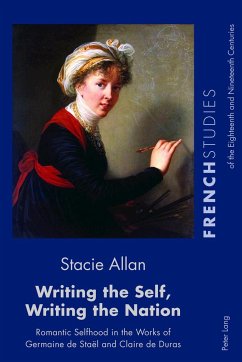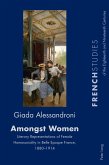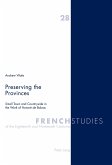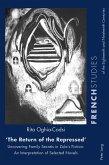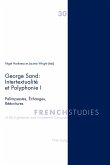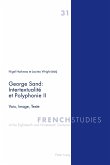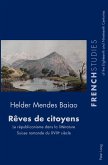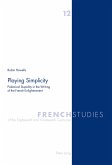The French Revolution represents a pivotal moment within the history of personhood in France, where gender and national differences provided the foundations of society. As such, these constructs feature as ideological battlegrounds in the search for identity and self-expression within the Romantic literature published between the revolutions of 1789 and 1830. This book considers Germaine de Staël's and Claire de Duras's depictions of men's and women's shared and diverging lived experiences to offer an innovative transnational perspective on the usually male-focused mal du siècle. Its methodology combines feminist revisions of the novel, situated reading practices, and life writing research with an intersectional approach to gender and nationhood. This framework presents a dialectical relationship between sameness and difference on formal and thematic levels that challenges the construction and enforcement of binaries within early nineteenth-century legislation, discourse, andculture. Beyond Staël's and Duras's intertextual relationship, this book promotes the importance of an understudied period in literary scholarship, clarifies women's role within French Romanticism, and explores the tense relationship between the self and the nation.
Bitte wählen Sie Ihr Anliegen aus.
Rechnungen
Retourenschein anfordern
Bestellstatus
Storno

